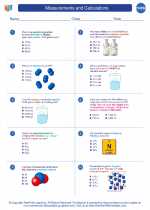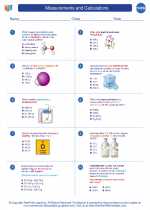Introduction to Homeostasis
Homeostasis is the body's way of maintaining a stable internal environment by continuously adjusting its physiological processes. This involves the regulation of various factors such as temperature, pH, blood glucose levels, and fluid balance.
Components of Homeostasis
There are three main components of homeostasis: receptors, control center, and effectors. Receptors detect changes in the internal environment and send signals to the control center. The control center then processes the information and sends out signals to effectors, which are responsible for bringing about the necessary changes to maintain homeostasis.
Examples of Homeostasis
Some examples of homeostasis in the human body include the regulation of body temperature, blood pressure, and blood glucose levels. For instance, when body temperature rises, sweat glands are activated to produce sweat, which helps cool the body down. Similarly, when blood glucose levels are too high, insulin is released to facilitate the uptake of glucose by cells, thereby lowering blood glucose levels.
Role of Organ Systems in Homeostasis
- Nervous System: The nervous system plays a crucial role in detecting changes in the internal environment and initiating appropriate responses to maintain homeostasis.
- Endocrine System: The endocrine system regulates homeostasis by releasing hormones that control various physiological processes, such as metabolism, growth, and reproduction.
- Respiratory System: The respiratory system helps maintain homeostasis by regulating the levels of oxygen and carbon dioxide in the body.
- Renal System: The kidneys play a key role in maintaining homeostasis by regulating the balance of water, electrolytes, and pH in the body.
Disruptions to Homeostasis
Disruptions to homeostasis can lead to various health problems. For example, diabetes mellitus is a condition characterized by the body's inability to regulate blood glucose levels, leading to high blood sugar levels. Hypertension, or high blood pressure, is another example of a disruption to homeostasis.
Conclusion
Homeostasis is a fundamental concept in biology and is essential for the survival of living organisms. Understanding how the body maintains internal equilibrium and the role of different organ systems in this process is crucial for comprehending various physiological processes and health conditions.
.◂Chemistry Worksheets and Study Guides High School. Measurements and Calculations

 Worksheet/Answer key
Worksheet/Answer key
 Worksheet/Answer key
Worksheet/Answer key
